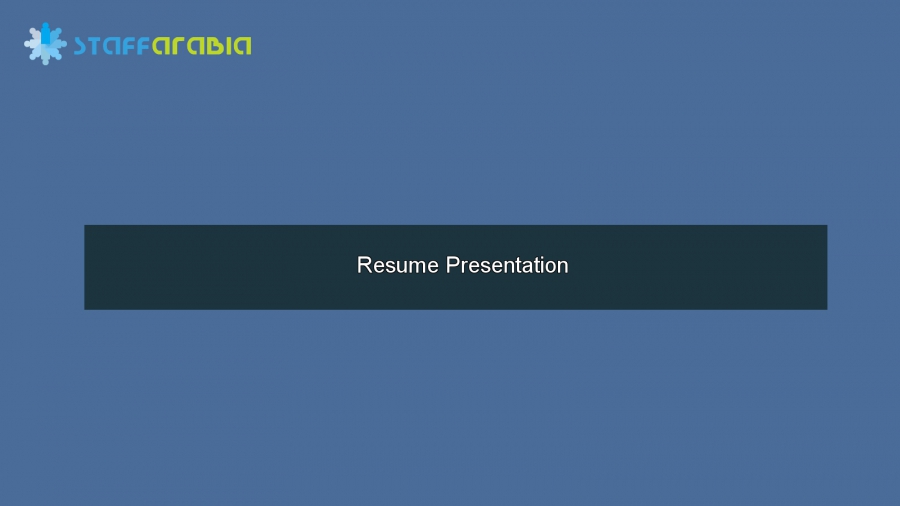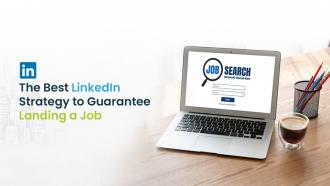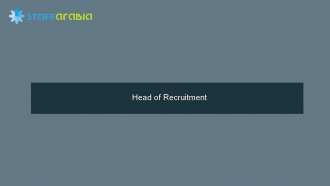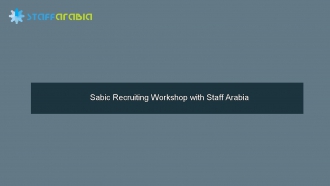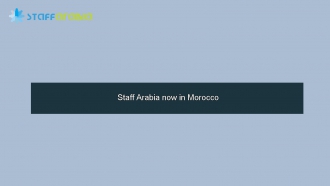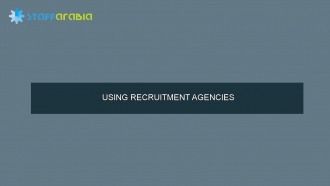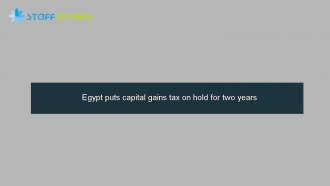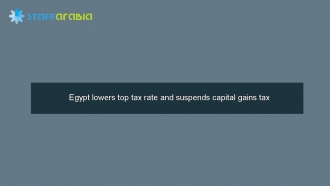
You may have heard property gurus saying location, location, location and when it comes to your resume you should think of presentation, presentation, presentation but do not be misdirected because your content is also vital for securing that all important job interview however if you have valuable content badly presented you have already lost. Your presentation will give your reader the vital first impression and this can make all the difference between failure and success.
Remember your interpretation of a good presentation will differ between yourself and that of your reader. Placing colourful lines, circles, the use of images is not what we are referring to here. You are applying for a professional position and not for the position of head clown in a circus. Keep your resume professional. And in this section we will be covering: colour, fonts, printing - design, spaces, readability, bullet points and photos.
Why is presentation so important?
 Put yourself in the shoes of the recruiter or the employer who will be reading your resume, especially when you have a hundred more CV’s to read. Get my point? A good presentation creates a good first impression and can actually attract the recruiter, and that is what you want. You want the recruiter to want to read further, you want to keep him or her interested.
Put yourself in the shoes of the recruiter or the employer who will be reading your resume, especially when you have a hundred more CV’s to read. Get my point? A good presentation creates a good first impression and can actually attract the recruiter, and that is what you want. You want the recruiter to want to read further, you want to keep him or her interested.
The use of Colour
Black is the colour that is widely accepted when writing your resume but in some case it is acceptable to make limited use of colour. In most cases the recruiters are expecting to see a resume in black and white and although colour can make your resume standout amongst other resumes’ using colour for this purpose is not recommended. It can easily be perceived as your resume has something to hide.
Printing and Fonts
I would like to consider the information age as a time where everyone has a computer and no one has the intend on sending a hand written resume. In todays age it is not a good idea to send in your hand written resume with an application for a vacancy. Printing or typeface we refer to the name of the font and when we refer to the fonts it normally refers to the font size, bold fonts or italic.
Readability
The more readable your resume the more effective it will communicate your skills and experiences to the recruiter. When your resume is easy to read the better the chances are that the recruiter will read through your entire Resume and again increase your chances at getting an interview.
The use of Bullet Points
Bullet points are a great way to make a list of points easy for the recruiter to read but the use of these bullet points should not be taken lightly. The trick here is to get all the vital information into this point without making it into a long tiresome paragraph that loosers your readers interest.
A good example:
A strong cultural change role, introducing staff to the methodologies associated with international trade and western ideology. Engaged with staff at all levels to address feelings of distrust and effectively communicated how European trade regulations impact Middle Eastern exports
Layout Consistency
Remember most recruiter will be working under a strict time pressures so keep your resume presentation easy to read and consistent throughout the entire document.
Typeface
Earlier in this article we spoke about keeping your presentation professional and keeping this in mind it is good advise to be conservative in the use of your typeface and therefore the good general rule for an acceptable typeface for your resume - choose a typeface that is easy to read. Therefore do not stray to far from the use of Time New Roman, Arial and Tahoma.
Fonts
Changing the size of fonts, bold and italic fonts are generally accepted however one should avoid excessive use throughout your resume. Create a plan: Headings “Font size, colour, bold and or italic”. The headings you want to standout choose a font size of around 14, keep the fonts for the content the same - size between 11 and 12. Choose bold and italic for keywords you want to have standout. Smaller text can be used for information that is less important but may be required by the employer for eg. Brief description of your previous employer.

